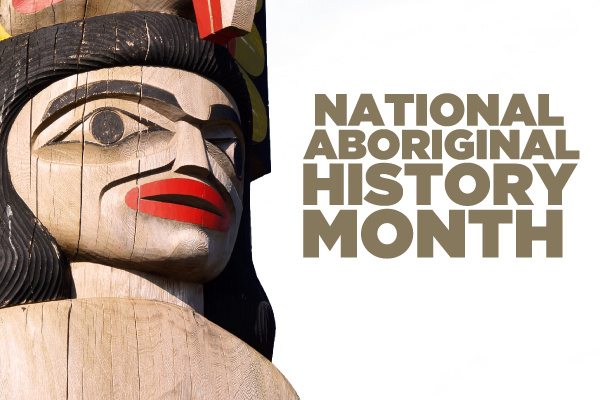In 1939, thirteen Native people participating in a conference on First Nation welfare took a bold stand. While other delegates busied themselves passing resolutions urging greater attention to the plight of aboriginal communities, the Indian delegation defected to pass a resolution of their own.
The Toronto-Yale Conference on the North American Indian seemed very well-intentioned. Over seventy delegates participated in the two-week affair. Among them were Canadian and American academics, missionaries and government officials.1 Thirteen Native people were invited, among them an Iroquois anthropologist, a Cherokee missionary, a Haida United Church minister and a Six Nations lawyer. The Indian delegation also included Edith Brant Monture; the great-great-granddaughter of famous Iroquois Chief Joseph Brant.2
The conference was designed “to reveal the conditions today of the white man’s Indian wards, and in a scientific, objective and sympathetic spirit, plan with them for their future.” 3
For all of its good intensions, the non-aboriginal conference participants assumed that assimilation was both beneficial and inevitable.
“The guiding belief was that the Indian peoples were to be the recipients of change, not the choosers. In standard colonial parlance, they were variously described as wards or children. It was, however, colonialism with a difference, for the goal was not independence, but disappearance.”4
Since assimilation was viewed as inevitable, the only debates centered on how fast it should happen.
The crackpot ideas machine went into overdrive when Diamond Jenness, a Canadian anthropologist, suggested establishing small colonies of Inuit around major Canadian cities. Because, you know, who wants to live in the North? The anthropologist believed that the Inuit would be better off learning English and marketable skills in southern Canada rather than inevitably becoming unemployed, welfare-dependant and demoralized in the North.5
On the last day of the conference, a resolution was passed calling for greater awareness of “the psychological, social and economic maladjustments of the Indian populations of the United States and Canada.” Then a committee was formed to determine how the conference’s findings should be disseminated. 6
“And then a very dramatic defection took place. The Indian delegates broke from the main group and met separately to pass their own resolutions. […]
While appreciative of their invitation to the conference, the Indians resolved to have their own meetings. They didn’t need government officials, missionaries [or] white sympathizers […] to speak for them.”7
The Native delegates called for an “all-Indian conference on Indian affairs,” comprising of only “bona fide Indian leaders actually living among the Indian people of the reservations and reserves”. Such a conference, they implored, ought to be “free of political, anthropological, missionary, administrative, or other domination.”8
Their bold move, their call to action and the conference overall went largely unnoticed; by the time the event was over, Canada was already one week into its World War 2.
[1] Francis, R. D., & Jones, R. (1988). Destinies: Canadian history since Confederation. Toronto: Holt, Rinehart, and Winston of Canada.
[2] A Cassidy, F. (1991). Aboriginal self-determination: proceedings of a conference held September 30-October 3, 1990. Lantzville, BC: Oolichan Books.
[3] Francis, R. D., & Jones, R. (1988). Destinies: Canadian history since Confederation. Toronto: Holt, Rinehart, and Winston of Canada.
[4] Cairns, A. (2000). Citizens plus: aboriginal peoples and the Canadian state. Vancouver: UBC Press.
[5] Idem
[6] Francis, R. D., & Jones, R. (1988). Destinies: Canadian history since Confederation. Toronto: Holt, Rinehart, and Winston of Canada.
[7] Cassidy, F. (1991). Aboriginal self-determination: proceedings of a conference held September 30-October 3, 1990. Lantzville, BC: Oolichan Books.
[8] Francis, R. D., & Jones, R. (1988). Destinies: Canadian history since Confederation. Toronto: Holt, Rinehart, and Winston of Canada.
